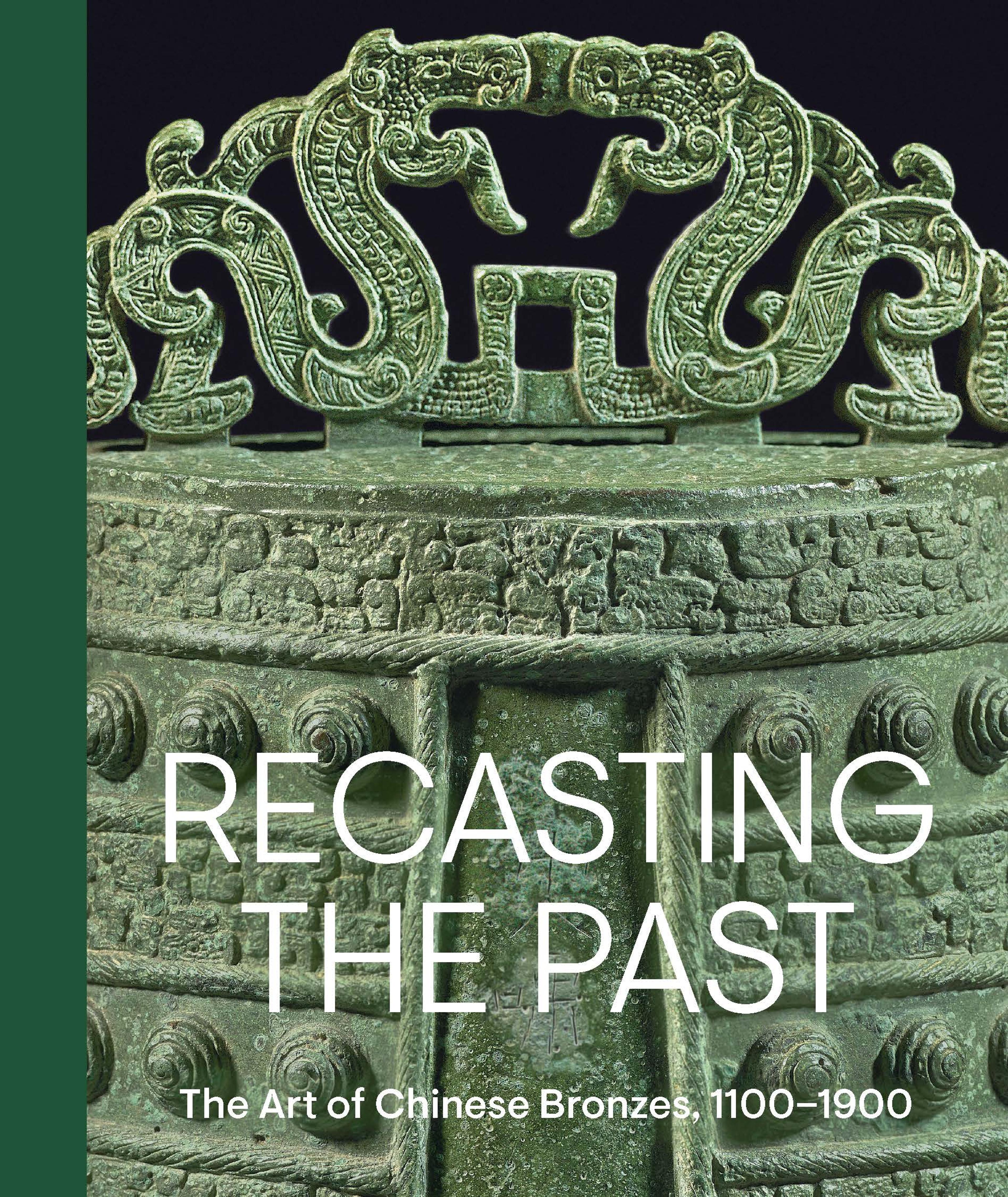Altar Set
Artwork Details
- Title:Altar Set
- Period:Shang dynasty–Western Zhou dynasty (1046–771 BCE)
- Date:late 11th century BCE
- Culture:China
- Medium:Bronze
- Dimensions:Overall (table): H. 7 1/8 in. (18.1 cm); W. 18 1/4 in. (46.4 cm); D. 35 3/8 in. (89.9 cm)
- Classification:Metalwork
- Credit Line:Munsey Fund, 1931
- Object Number:24.72.1–.14
- Curatorial Department: Asian Art
Audio
949. Kids: Ritual Altar Set
Gallery 207
The bronze warming, serving, and drinking vessels in this display case are more than three thousand years old. Walk around the case to see how they're decorated. Look for details such as dragons, birds, or masks. Bronze vessels like these played a role in ancient Chinese religion. Such bronzes held food or wine—gifts placed on an altar as offerings. People pray to their ancestors' spirits, asking them to protect the living. Like most of the art in this gallery, these bronzes survived because they were buried in someone's tomb. Tombs have taught us most of what we know about life in ancient China. The ancient Chinese believed that in the next world, the dead would need everything they once had on earth. They designed a tomb as an eternal home filled with food, clothing, furniture, and money. They also provided bronze vessels like these so that in the next world, the dead could receive offerings forever.
More Artwork
Research Resources
The Met provides unparalleled resources for research and welcomes an international community of students and scholars. The Met's Open Access API is where creators and researchers can connect to the The Met collection. Open Access data and public domain images are available for unrestricted commercial and noncommercial use without permission or fee.
To request images under copyright and other restrictions, please use this Image Request form.
Feedback
We continue to research and examine historical and cultural context for objects in The Met collection. If you have comments or questions about this object record, please contact us using the form below. The Museum looks forward to receiving your comments.
